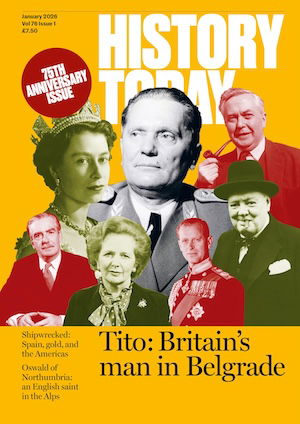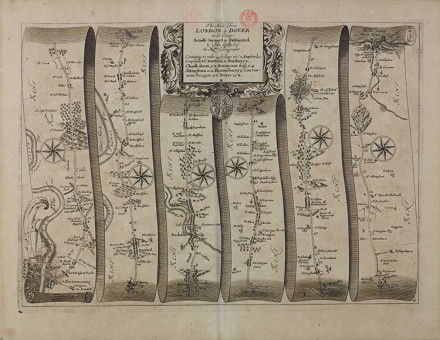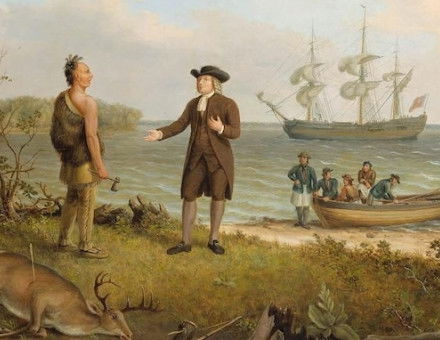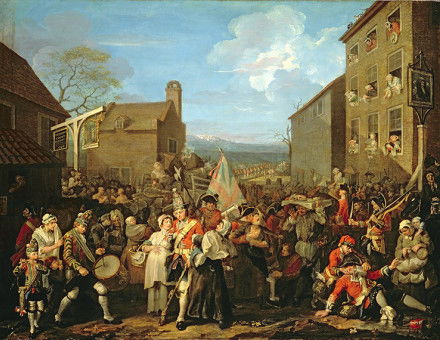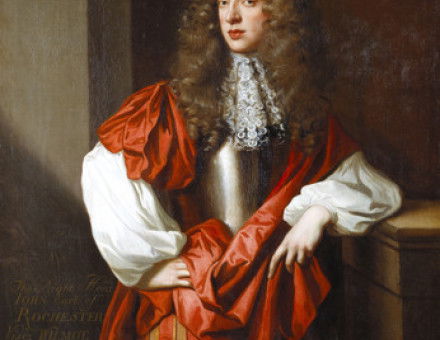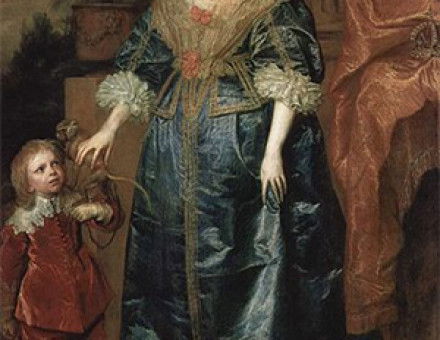The Merry Dance of the Highwayman
Along with Robin Hood, the romantic highwayman is one of the great myths of English outlawry. But the model for this most gallant of rogues was a Frenchman name Claude Duval, who carried out audacious robberies with a touch of Parisian flair.

